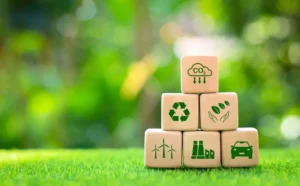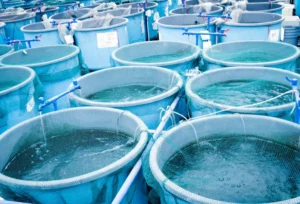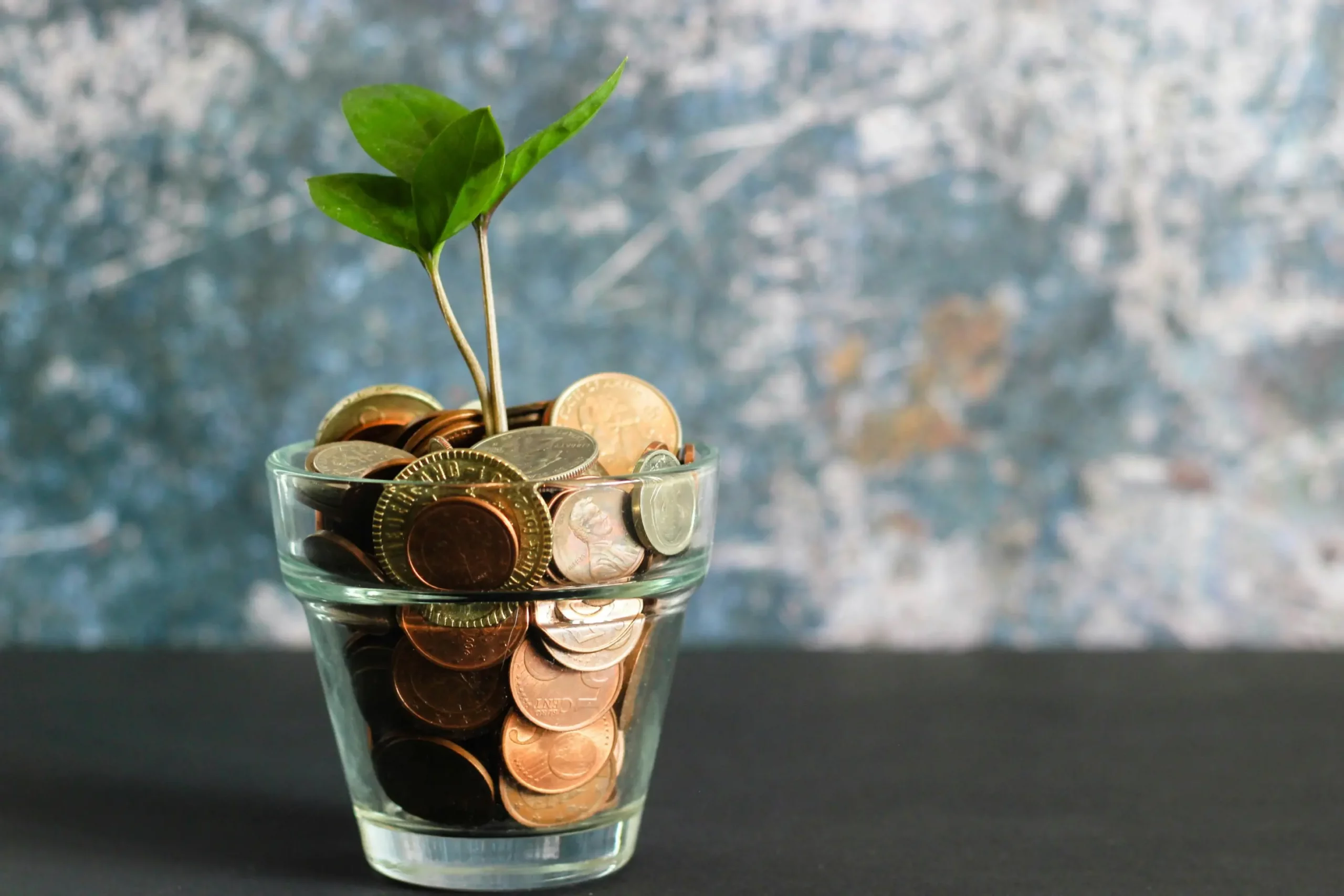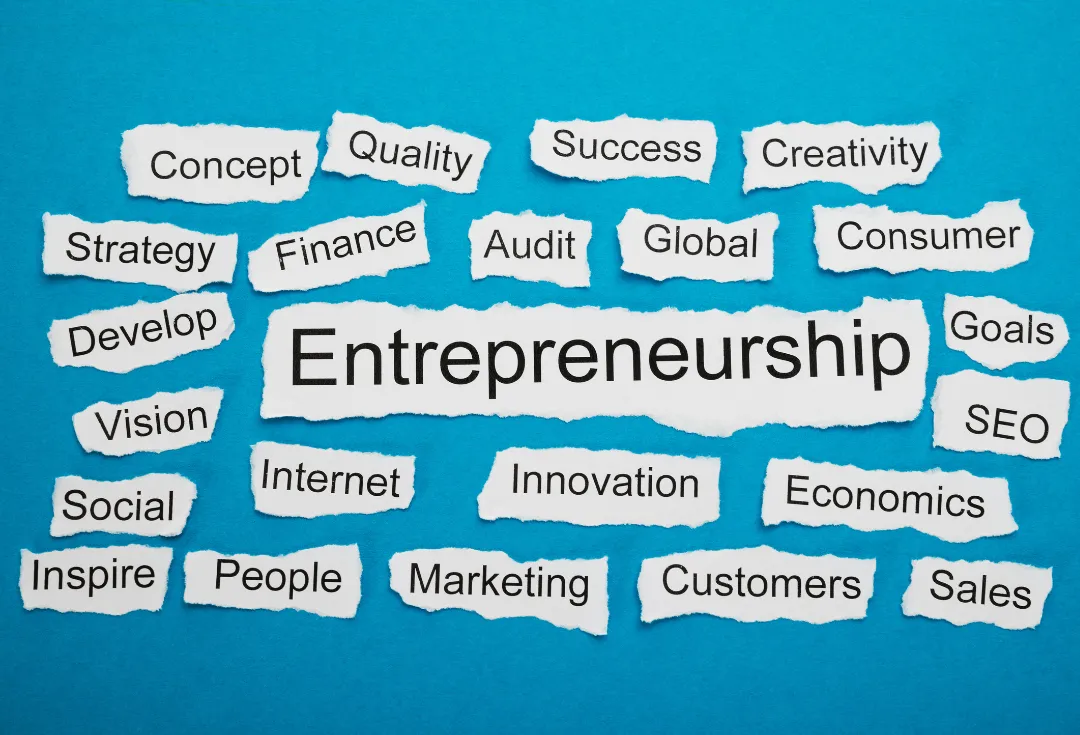The world has become incredibly environmentally conscious. As a result sustainable packaging solutions have gained traction.
The demand for these alternatives rise as consumers also become more and more aware of becoming environmentally conscious.
Sustainable packaging in its essent includes a range of solutions. The main one being the minimization of the negative environmental impact.
By simply adapting to better packaging methods, organizations can reduce waste, conserve the earth’s natural resources and on top of that reduce the carbon footprint.
This approach is holistic. It aligns with environmental stewardship but also deeply resonates with consumers that want to be environmentally conscious.
By simply understanding the principles and practices of sustainable packaging, businesses can make better decisions and also meet the expectations of the modern consumer.
Types of Sustainable Packaging Materials
When it comes to sustainable packaging, there are a variety of eco-friendly materials that can be utilized. The key is finding renewable, biodegradable, and recyclable options to reduce environmental impact.
Some popular sustainable packaging material choices include:
Plant-Based Materials
- Paper/Cardboard – Made from renewable wood pulp sources and easily recycled.
- Molded Fiber/Bagasse – Formed from agriculture residues like sugarcane fiber or wheat straw.
- Bamboo – A rapidly renewable grass that can be used for rigid packaging.
Bioplastics
- PLA (Polylactic Acid) – Derived from renewable plant-based sources like corn starch or sugarcane.
- PHA (Polyhydroxyalkanoates) – Produced by bacterial fermentation of plant oils/materials.
- Starch-Based Plastics – Made from corn, potatoes, or other crop-derived starches.
Recycled/Recyclable Plastics
- rPET (Recycled Polyethylene Terephthalate) – Made from recycled plastic bottles and containers.
- Recycled PP (Polypropylene) – Recycled from items like bottle caps and food containers.
Other Innovative Materials
- Mushroom Packaging – Utilizes fungal mycelium as a natural, biodegradable alternative.
- Seaweed-Based Packaging – Derived from renewable seaweed sources.
- Recycled Cotton Fibers – Textile waste repurposed into packaging inserts.
The sustainable packaging material chosen depends on factors like product requirements, supply chain, and end-of-life disposal options. Exploring renewable, recycled, and compostable solutions is key for reducing environmental impact through eco-friendly packaging.
Sustainable Packaging Design and Development
The design and development phase is crucial for creating truly sustainable packaging solutions. It involves careful consideration of materials, manufacturing processes, and end-of-life scenarios.
Sustainable packaging design aims to minimize environmental impact while ensuring functionality and protection for the product.
Material Selection: Choosing the right materials is a fundamental step in sustainable packaging design. Renewable, recycled, and biodegradable materials are preferred over conventional plastics derived from non-renewable sources.
Design for Circularity: Sustainable packaging should be designed with circularity in mind, enabling easy recycling, composting, or reuse after its initial purpose is fulfilled.
This includes using mono-materials (avoiding multi-layer packaging), incorporating clear labeling for proper disposal, and considering disassembly and recyclability during the design phase.
Minimalism and Efficiency: Sustainable packaging design often embraces minimalism, using only the necessary materials to protect the product while reducing waste.
Efficient design techniques, such as right-sizing, optimizing material thickness, and eliminating unnecessary components, can significantly reduce the overall environmental footprint.
Reusable and Refillable Systems: In addition to single-use packaging, sustainable design also focuses on developing reusable and refillable packaging systems.
These solutions promote a circular economy by enabling multiple uses before the packaging reaches its end-of-life. Examples include reusable containers, refillable pouches, and deposit-return schemes.
Life Cycle Assessment (LCA): Conducting a comprehensive life cycle assessment (LCA) is essential for evaluating the environmental impact of packaging throughout its entire life cycle, from raw material extraction to end-of-life management.
LCA helps identify hotspots and areas for improvement, guiding the design process towards more sustainable solutions.
Collaboration and Innovation: Sustainable packaging design often requires collaboration among various stakeholders, including material suppliers, manufacturers, brand owners, and recyclers.
Cross-industry partnerships and open innovation can drive the development of new sustainable materials, technologies, and packaging formats.
Sustainable Packaging Trends and Innovations
The packaging industry is continuously evolving to meet the growing demand for eco-friendly solutions. Several innovative trends and technologies are shaping the future of sustainable packaging:
1. Bioplastics and Biomaterials
Bioplastics derived from renewable sources like corn, sugarcane, and cellulose are gaining traction as sustainable alternatives to traditional plastics.
Companies are exploring the use of biomaterials such as mushroom packaging, seaweed-based materials, and plant-based fibers for packaging applications.
2. Circular Economy and Reusable Packaging Systems
The circular economy model aims to minimize waste and keep materials in use for as long as possible.
Reusable packaging systems, such as refillable containers and returnable transit packaging, are becoming more prevalent. These systems not only reduce waste but also promote resource efficiency and cost savings.
3. Smart and Active Packaging
Smart packaging technologies, such as embedded sensors and indicators, can help monitor and extend the shelf life of products, reducing food waste and packaging waste.
Active packaging incorporates materials that can absorb moisture, oxygen, or ethylene, further enhancing product freshness and longevity.
4. Sustainable Labeling and Printing
Brands are exploring sustainable labeling solutions, such as using recycled or biodegradable materials for labels and adopting eco-friendly printing techniques like waterless printing or vegetable-based inks.
5. Packaging Waste Management and Recycling
Improved packaging waste management and recycling systems are crucial for a sustainable packaging future.
Companies are investing in advanced sorting and recycling technologies, as well as developing packaging designs that facilitate easier recycling and material recovery.
6. Sustainable Packaging Certifications and Regulations
As consumer awareness and environmental regulations increase, sustainable packaging certifications and standards are becoming more prevalent.
Certifications like Cradle to Cradle, Forest Stewardship Council (FSC), and Biodegradable Products Institute (BPI) provide guidance and assurance for sustainable packaging practices.
7. Collaborative Efforts and Industry Initiatives
Sustainable packaging requires collaboration across the entire supply chain. Industry initiatives, such as the Sustainable Packaging Coalition and the Ellen MacArthur Foundation’s New Plastics Economy, are fostering partnerships and promoting best practices for sustainable packaging solutions.
These trends and innovations demonstrate the packaging industry’s commitment to sustainability, driven by consumer demand, environmental concerns, and regulatory pressures.
The Future of Sustainable Packaging
Despite these challenges, the future of sustainable packaging looks promising as more companies, governments, and consumers prioritize environmental responsibility. Here are some potential developments:
1. Technological Advancements: Ongoing research and development efforts are expected to yield innovative sustainable packaging materials with improved performance, functionality, and cost-effectiveness.
2. Circular Economy Integration: The packaging industry is likely to embrace circular economy principles, focusing on designing packaging for reuse, recycling, and recovery. This approach aims to minimize waste and maximize resource efficiency throughout the product lifecycle.
3. Collaborative Efforts: Cross-industry collaborations between packaging manufacturers, brand owners, recyclers, and regulatory bodies can drive standardization, infrastructure development, and the scaling of sustainable packaging solutions.
4. Consumer Engagement: As consumer demand for sustainable products continues to grow, companies will increasingly prioritize sustainable packaging as a means of meeting customer expectations and building brand loyalty.
5. Regulatory Support: Governments and regulatory bodies are expected to implement policies and incentives that encourage the adoption of sustainable packaging practices, such as extended producer responsibility (EPR) schemes and eco-labeling requirements.
By addressing the challenges and capitalizing on the opportunities, the packaging industry can transition towards a more sustainable future, reducing its environmental impact while meeting the evolving needs of consumers and businesses alike.
Closing Thoughts
Switching to sustainable packaging is a critical step in properly addressing the climate crisis and the challenges associated with it.
The demand for eco-friendly products are also rising continuously. As a result, there need to be environmental regulations.
Both small businesses and large corporations must be encouraged to be more transparent as well and accountable for their impact on the environment.
Sustainable packing, while being just one aspect of this change, contributes greatly towards environmental stability.
The journey towards this adaptation definitely comes with challenges. Businesses must embrace approaches that are more innovative and they need to implement new technologies.
Ultimately, achieving this goal does not come by an individual effort alone. There needs to be a collaboration from various sectors like stakeholders, manufacturers and especially policymaker.
However, as a simple start to this journey, embracing more sustainable and responsible packaging solutions can pave the way to a greener future.





